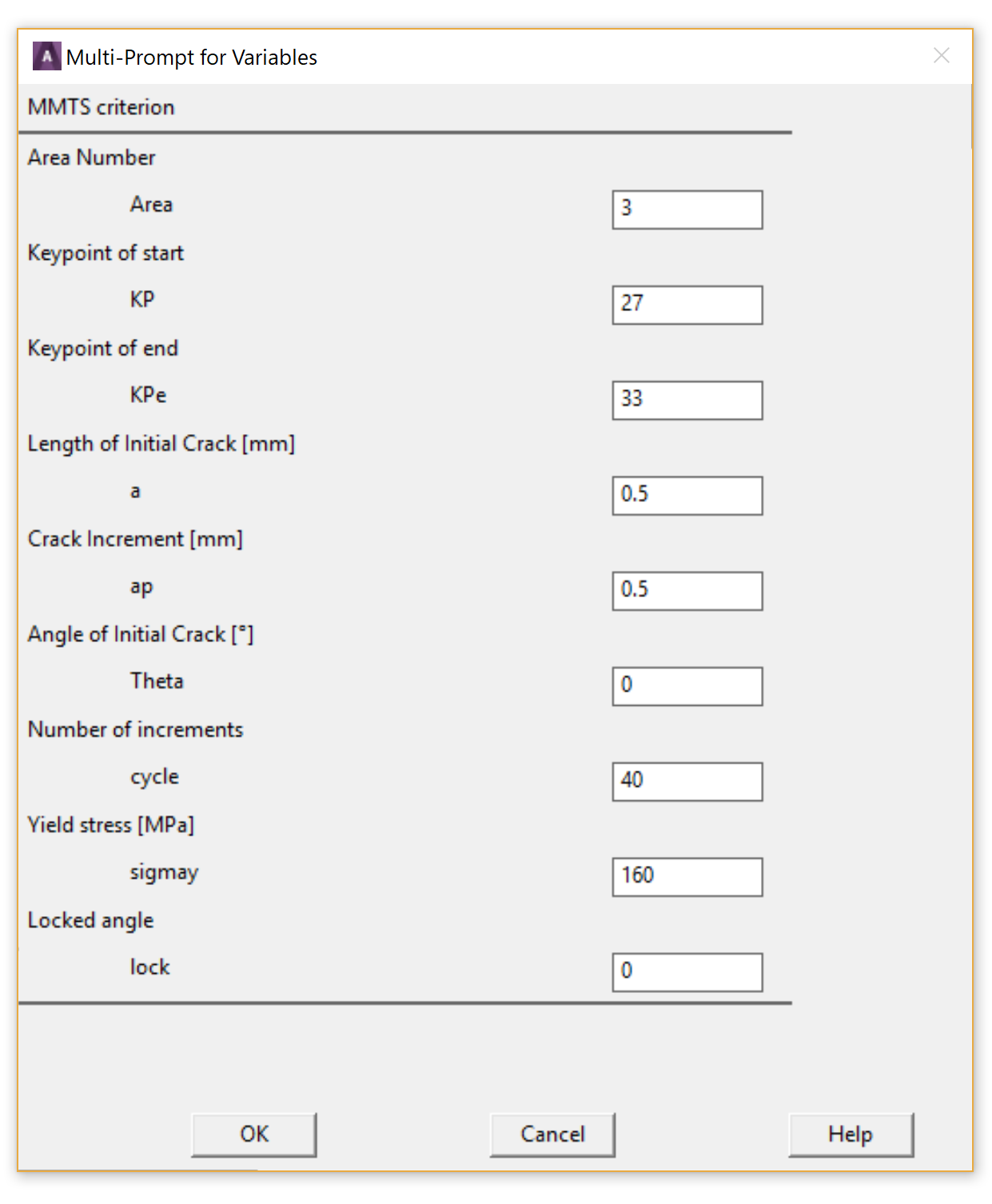

If you have any questions - just open a new issue, I'll try to respond. The model itself was verified with result from an article and gave me a pretty good agreement with it. This simple script is not intended as a ready solution but rather an example to build upon for your own purpose, it doesn't have all the features, all the little optimizations I figured out to squeeze out that extra millisecond of perfomance, but I hope it might help you get started. So it would be counter-productive to publish it, it would only confuse people, not helping with anything. I have to note that I have a far more advanced version of a welding script with a lot of features but, well, it's a mess, an unholy abomination of spaghetti code nobody but I can make a sense of (tho I still struggle since it's been a while since I touched it). This is a very bare-bones implementation, largely untested, but as far as I can remember it did the job. So I decided to publish this old script of mine for weld simulation in APDL using Goldak heat source. Update 1: there was an error in the code on the init commit.Update 3: fixed local CS orientation issue, added example generated in WB, i used it to verify (thermal and mechanical parts both) the welding model with this article, it gives a good agreements with it, tho there's no mechanical part in the example script, you'll have to do it yourself if you want a full verification.This is advantageous in loops, file names etc.Note: Hey! If you found this useful, leave a star so I know all of this was of use to someone! Thanks! The percentage symbol enclosing a variable will create a forced substitution. There should also not be any spaces in front of the *vwrite and formatting commands. It has to be in a separate ASCII file called via \INPUT or as a macro. When needing to export data for nicer plots in another software, it took me a while to figure out I can't run the following in the GUI. This turns off the time and date display. Other succinct functions can be found here. This is equivalent to the above *get, q, node, N, u, x


When looping through a bunch of nodes or elements, this provide some convenience.Īlternately, one could instead use fancier commands: *VGET with *VMASK If you're not familiar with them, it's worth checking out. For those starting out, here's a few commands I find pretty neat.


 0 kommentar(er)
0 kommentar(er)
